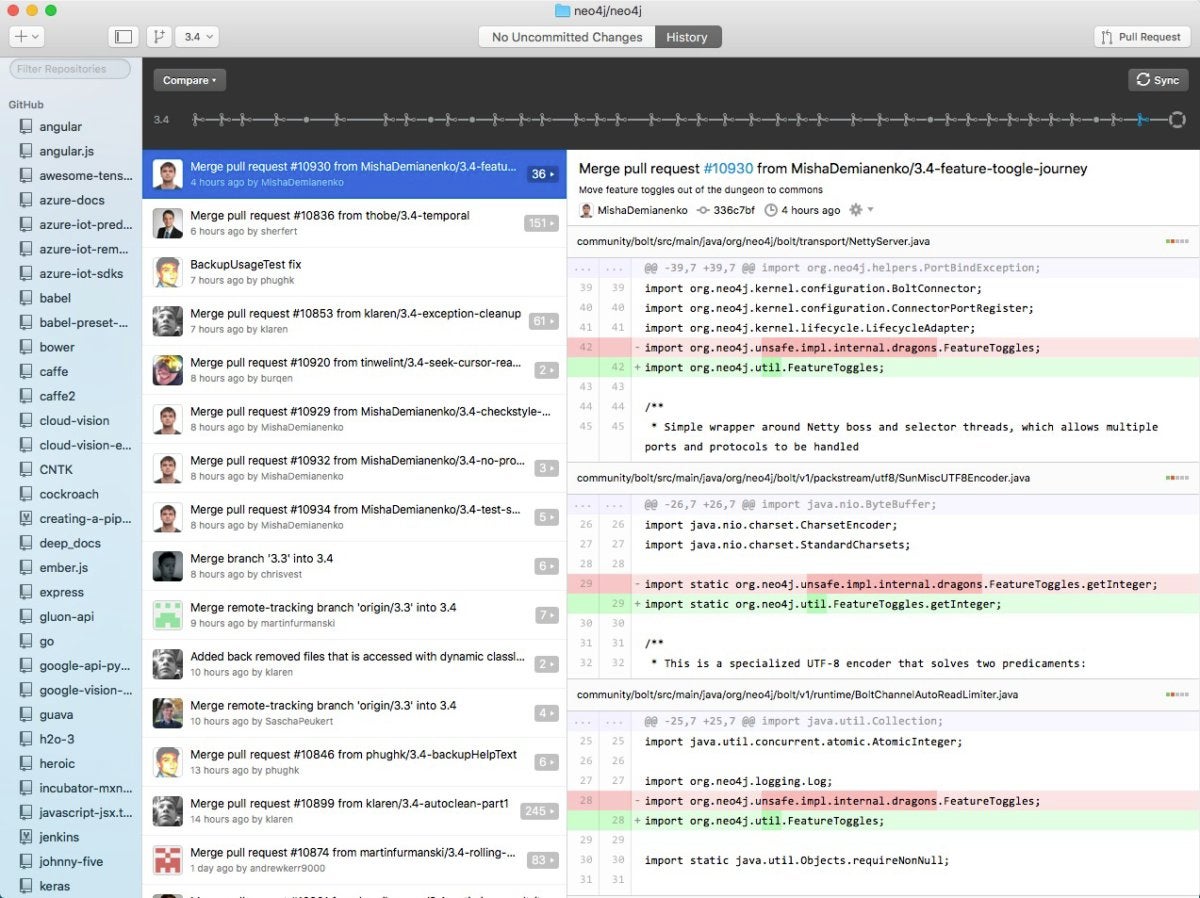Microsoft has added new capabilities to Excel that infuse spreadsheets with artificial intelligence, opening up new and faster ways for users to churn out reports.
Excel's "new, cloud-connected data types" are being rolled out to Office 365 business users who also happen to participate in the Office Insider early-access program, announced Kirk Koenigsbauer, corporate vice president of the Office group at Microsoft, on March 29. They build on the software's ability to automatically recognize text and number strings, helping users quickly arrive at the insights they're looking for.
"For example, Excel recognizes that 'France' is a country and automatically associates it with additional attributes such as population and gross domestic product, using the same technology that powers Bing answers," blogged the Microsoft executive. Bing answers is a collection of AI-assisted intelligent search capabilities that are powered by field programmable gate arrays (FPGAs) from Intel. They enable Microsoft's search engine to decode jargon and generate multiple answers to how-to questions, among other skills.
In Excel, the technology helps keep business information up-to-date.
"These attributes can then be populated into different cells or used directly in formulas and stay updated with the latest data," Koenigsbauer said. "Based on machine learning, these new data types will simplify the process of working with real-world data."
More intelligent data types are in the works. Koenigsbauer's team is planning to incorporate organizational information from Microsoft Graph, data gathered from the company's business software ecosystem, including Office applications and content.
Microsoft also continues to narrow the features gap between the web and desktop versions of the software. Users can now insert images stored on a local machine, create duplicates of existing worksheets and insert pivot tables.
SharePoint Hub Sites for Intranets and Yammer Integration
SharePoint hub sites are now available to Office 365 customers in the Targeted Release update delivery schedule. Users who opt into Targeted Release receive feature updates ahead of their standard or general availability release. Used to build intranets, hub sites collect SharePoint news, activity feeds and other components, allowing organizations to share and manage content based on a project, business unit and other factors.
A new web part now allows users to add Yammer conversations to SharePoint webpages and sites, Koenigsbauer revealed. It can be used to display active conversations and the latest unread messages. For added control, the web part provides thread-curation capabilities that allow users to keep conversations on track.
Finally, Microsoft is rolling out new personalized search capabilities that help users discover information that is pertinent to their jobs and harmonize the SharePoint Online search experience with that of the broader Office 365 suite.
Gleaning insights from an employee's work patterns and signals from Microsoft Graph, the application's search function now delivers tailored results that include relevant contacts and shared Office files. A revamped results page allows users to stay on task by generating previews for more than 270 file types.
http://www.eweek.com
